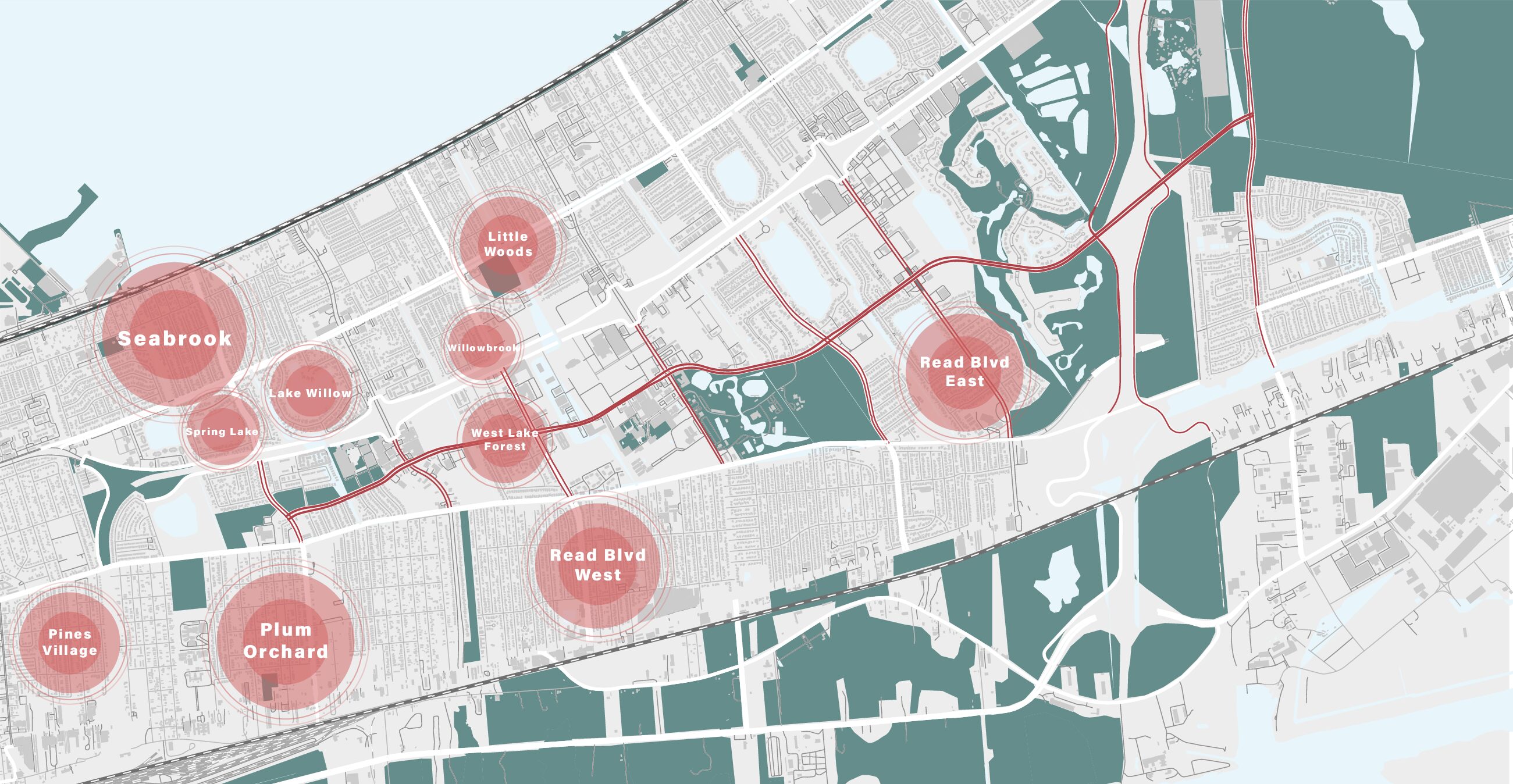News June 9, 2021
Identity and Agency in Architecture: Expansion of diversity pipelines and Exposure of diversity deficiencies in architecture
During a pandemic rife with social unrest, the Spring 2021 Identity and Agency in Architecture course sought to spark discourse on the architecture sector’s foundational discrepancies: marginalization of the oppressed and discrimination in the built environment.
Is the built environment just if it does not consider identities of the non– white, heterosexual, able-bodied, cis-gender, privileged male? What person or culture does the built environment prioritize, and what communities are afterthoughts of city planners, designers, and architects? And who is even represented en masse in the architecture profession?
Some of the most striking statistical evidence of representation disparity in architecture is as follows. In 2014, women architects and associates formed just 21.7% of American Institute of Architects (AIA) membership, but are 50.52% of the US population as of 2010. At the same time, African Americans composed only 1.89% of the membership and constituted 13.4% of the US population in 2010. Latiné (also Latinx) people constituted 5.9% of the AIA membership, but 16% of the US population. The exact – but definitely very small – number of disabled persons in the architecture professions is elusive, while 26% of the US population has a disability. It is worth noting that the South – where we are positioned – has the highest percentage of persons with disabilities, 1/3 of the nation’s female population, 55% of the Black population, and is seeing the fastest growth of the Latiné population in the country. Meanwhile, other identity factors, such as sexual orientation, among architecture professionals are less statistically clear.
During the Spring 2021 semester, the Identity and Agency in Architecture course sought to confront substantial diversity deficits among architecture professionals and explored the negative impact these diversity deficits have on the design of the built environment. Professors Laura Blokker (Lecturer, Master of Preservation Studies) and Rashidah Williams (Assistant Director, Small Center for Collaborative Design) led weekly discussions on topics such as white supremacy in design pedagogy, ableism, destructive colonial imprints on native lands, cultural expressionism, sexism, and how issues of poverty affect trauma in the built environment. Coupled with lectures from educational administrators, public interest designers, activists, artists, planners, and social work professionals, ten Tulane students discussed the disadvantages of the built environment, explored effects of institutional oppression in academia, and worked with faculty to create architecture curriculum for middle school students interested in design.
The “Know Your Places” workshop, a partnership between the historic Dryades YMCA, National Organization of Minority Architects – Louisiana Chapter, and Tulane School of Architecture was the service learning supplement to the Identity and Agency in Architecture course. For six weeks, Tulane faculty and students worked together to develop curriculum for and taught 11-14 year olds foundational concepts of architecture (form, perspective, materiality, typology, and architectural styles). In an effort to “display the cool-ness of architecture” to a younger demographic, the “Know Your Places” workshop served as a preliminary training ground for Greater New Orleans youth to cultivate their creative skills, learn about architecture as a potential career path, and sharpen their photo-documentation skills, in hopes that these young people enter the architecture pipeline as future Tulane students. The “Know Your Places” workshop culminated in an exhibition of middle school students photographs (taken by tried and true disposable cameras) that displayed their perceptions of the built environment and if the built environment serves them justly.
Following the “Know Your Places” workshop service learning intensive, Tulane students developed manifestos, encapsulating their desires for diversity in architectural academia, industry, and the built environment. Students also completed research papers centering the exploration of equity in design with suggestions for the architecture sector.



 Menu
Menu


